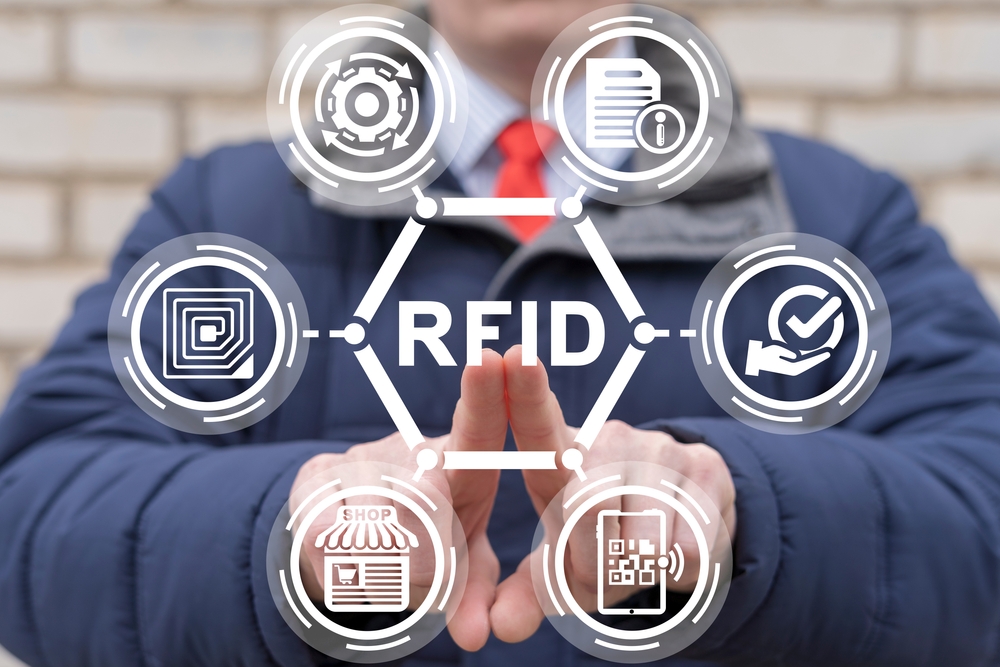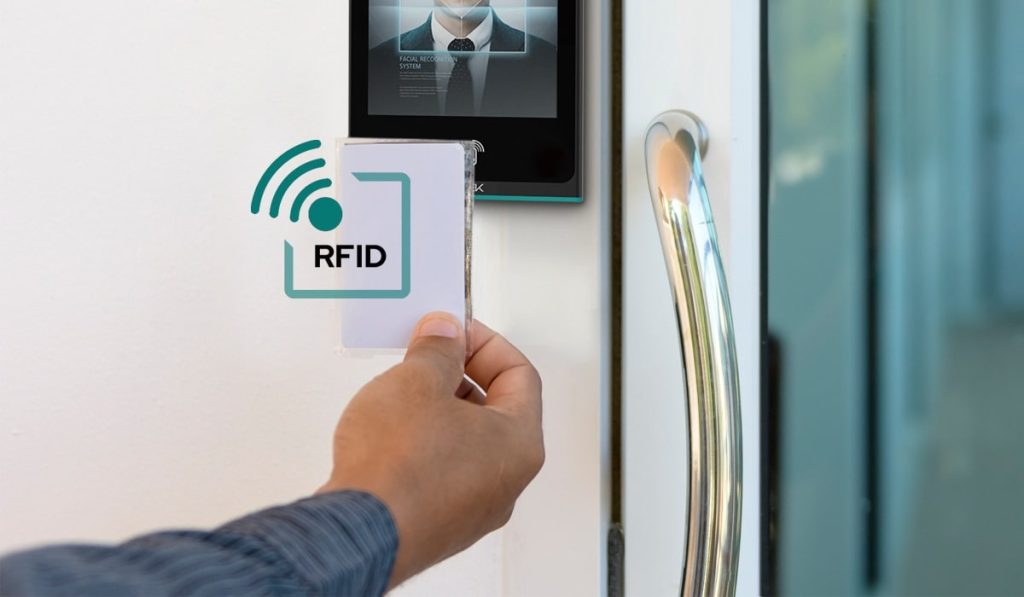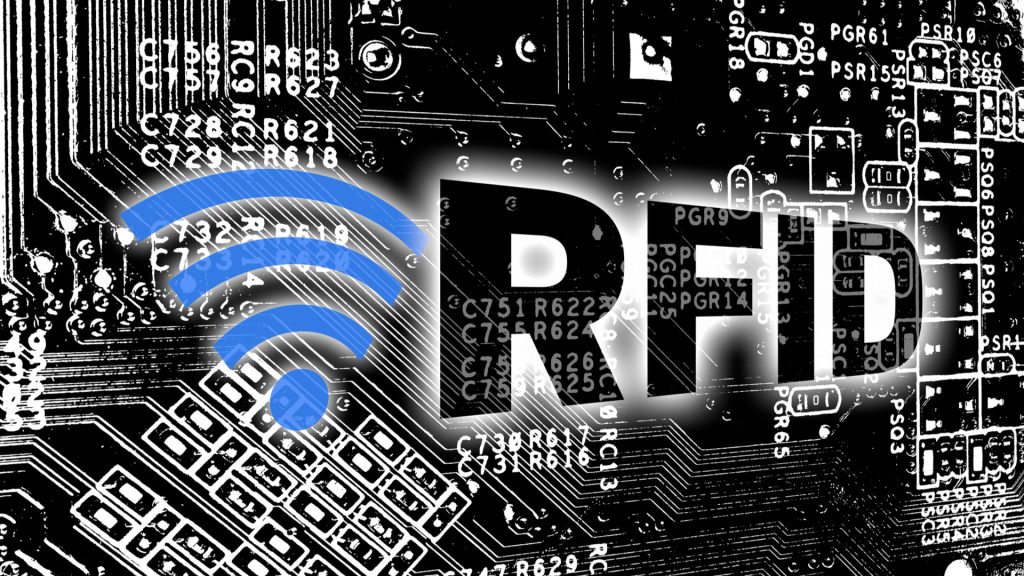Radio Frequency Identification (RFID) technology has become increasingly prevalent in recent years, revolutionizing various industries and applications. From retail to healthcare to transportation, RFID has enabled businesses to streamline processes, increase efficiency, and improve overall operations. In this article, we will delve into the intricacies of RFID technology, its various applications in smart transportation, and its impact on the industry.
Introduction
RFID is a wireless communication method that utilizes radio waves for object identification, tracking, and communication. It consists of two main components: an RFID tag containing information and a reader for reading the tag. The data stored in the tag is digitally encoded and can be read by the reader, then stored in a database.

Basic information about the RFID technology
Components of RFID
Every RFID system comprises three components: an antenna, transceiver, and transponder. The reader, which is a combination of the antenna and transceiver, transmits a signal to activate the tag. The activated tag sends a signal back to the antenna, which is then translated into data by the transceiver. This data is then stored in a database for later retrieval and analysis.
How RFID works
RFID systems use a process called electromagnetic coupling to transmit data between the reader and tag. The reader emits a radio signal, which is picked up by the tag’s antenna. The tag’s internal circuit is powered by the energy from the radio signal, allowing it to send a response back to the reader. This response contains the unique identification number or other data stored in the tag. The reader then decodes and stores this information in a database for further processing.
Comparison of RFID and Barcodes
RFID technology differs from traditional barcodes in several ways. While both are used for identification and tracking purposes, RFID offers many advantages over barcodes.
- RFID tags can identify individual objects without direct line of sight, whereas barcodes require direct line of sight.
- RFID tags can be read from a longer range than barcodes.
- RFID data can be updated in real-time, while barcode data is read-only.
- RFID tags require a power source, while barcodes do not.
Types of RFID Systems
There are three main types of RFID systems: Low Frequency (LF), High Frequency (HF), and Ultra-High Frequency (UHF).

Types of the RFID technology
Low Frequency (LF)
LF RFID operates at a frequency range of 30kHz to 500kHz, with the most common operating frequency being 125kHz. LF RFID has a shorter reading range of around 10cm but is less susceptible to interference from environmental factors such as metals and liquids. This makes it suitable for applications where close proximity identification is required, such as animal tracking, access control, and keyless entry systems.
High Frequency (HF)
HF RFID operates at a frequency range of 3MHz to 30MHz, with an operating frequency of 13.56MHz. It has a slightly longer reading range compared to LF RFID, ranging from a few centimeters up to one meter. HF RFID is commonly used in applications like contactless payment systems, electronic ticketing, and inventory management.
Ultra-High Frequency (UHF)
UHF RFID operates at a frequency range of 300MHz to 3GHz, with the most common operating frequencies being 433MHz, 860-960MHz, and 2.45GHz. It has the longest reading range of up to several meters, making it ideal for tracking and monitoring objects in a large area. UHF RFID is widely used in logistics, supply chain management, and toll collection systems.
RFID Applications in Smart Transportation
The transportation industry has been quick to adopt RFID technology due to its numerous benefits in terms of efficiency, cost savings, and improved customer experience. Below are some of the key applications of RFID in smart transportation.

Applications of RFID technology in life
Toll Collection Systems
RFID technology has revolutionized toll collection by enabling motorists to pay their tolls without stopping, reducing traffic congestion, and improving overall efficiency. With RFID-enabled transponders, drivers can simply drive through designated lanes at toll plazas, and the toll amount will be automatically deducted from their account. This not only saves time for drivers but also reduces the need for physical cash transactions, making it safer and more convenient.
Benefits of RFID in Toll Collection
- Faster processing of toll payments, leading to reduced wait times and improved traffic flow.
- Reduced labor costs as fewer toll booth attendants are required.
- Increased accuracy and accountability in toll collection, with less room for human error or fraud.
- Improved data collection and analysis capabilities for better decision-making.
Examples of RFID-enabled Toll Collection Systems
- E-ZPass – the largest RFID-based toll collection system in the world, used on toll roads, bridges, and tunnels in 17 states in the US.
- SunPass – Florida’s toll collection system that uses RFID technology to automatically deduct tolls from a prepaid account.
- SmartTAG – a contactless payment system used for toll collection in Malaysia, allowing drivers to pay tolls without stopping at toll plazas.
Public Transportation
RFID technology has also transformed public transportation by enabling cashless and contactless payment systems, tracking and monitoring of vehicles, and electronic ticketing.
Contactless Payment Systems
Public transportation agencies are increasingly adopting RFID-enabled contactless cards or mobile apps for fare payments. These systems allow commuters to simply tap their card or phone on a reader upon entry and exit of the vehicle or station, making the process quick and hassle-free. This also eliminates the need for paper tickets and reduces the risk of fare evasion.
Tracking and Monitoring of Vehicles
RFID tags attached to vehicles can provide real-time information on their location, speed, and other key data. This allows transit companies to better manage their fleets, optimize routes, and improve overall operational efficiency.
Electronic Ticketing
With RFID technology, traditional paper tickets can be replaced with electronic tickets stored on an RFID tag or smart card. This eliminates the need for manual ticket validation and reduces the risk of fraud. Electronic ticketing also offers greater flexibility for commuters, as they can easily reload their cards or add new tickets without having to purchase physical tickets each time.
Fleet Management
RFID has been a game-changer in fleet management, providing real-time tracking and monitoring capabilities for commercial vehicles. By attaching RFID tags to vehicles, fleet managers can keep track of their assets, monitor driver behavior, and improve maintenance and inventory management.
Vehicle Tracking and Monitoring
Real-time tracking and monitoring of vehicles using RFID enables companies to increase their operational efficiency by optimizing routes, reducing unnecessary mileage, and improving response times for emergency situations. It also helps in preventing theft and unauthorized use of company vehicles.
Maintenance and Inventory Management
By using RFID technology, fleet managers can keep track of vehicle maintenance schedules and inventory levels, reducing downtime and avoiding unexpected breakdowns. RFID tags placed on spare parts can also help in keeping track of inventory levels and ordering replacements when necessary.
Airport Baggage Tracking
RFID technology has greatly improved baggage handling processes at airports, reducing the number of lost or misplaced bags and improving customer satisfaction. RFID tags attached to luggage allow for real-time tracking and monitoring throughout the entire journey, from check-in to arrival at the final destination.
Advantages of RFID in Baggage Handling
- Increased accuracy and efficiency in baggage sorting and tracking.
- Improved visibility of baggage movements for both passengers and airport staff.
- Reduced instances of lost or misplaced baggage.
- Faster baggage claim process for passengers.
Case Studies of Successful Implementations
- Hong Kong International Airport (HKIA) – one of the first airports to implement RFID technology for baggage tracking, resulting in a significant reduction in mishandled bags.
- Heathrow Airport – implemented RFID-enabled baggage tracking system with a success rate of 99.95%.
- Amsterdam Airport Schiphol – uses RFID technology to track more than 90% of its baggage, resulting in a 35% reduction in lost or delayed bags.
Supply Chain and Logistics
RFID technology has revolutionized supply chain management by providing real-time visibility and traceability of goods throughout the entire supply chain. By attaching RFID tags to products, companies can better manage their inventory, improve logistics processes, and prevent counterfeiting.
Inventory Management and Tracking
By using RFID technology, companies can keep track of their inventory levels, monitor stock movements, and automate restocking processes. This not only saves time but also minimizes the risk of human error and improves accuracy.
Improving Supply Chain Visibility
RFID allows companies to track and monitor the movement of their goods from production to delivery to the end consumer. This provides real-time visibility into the supply chain, enabling businesses to make data-driven decisions and respond quickly to any disruptions.
Preventing Counterfeit Products
RFID tags can be used to authenticate products and prevent counterfeit goods from entering the supply chain. Companies can attach unique identification numbers to each product that can be verified by the reader, ensuring the authenticity and quality of the product.
Challenges and Concerns with RFID in Transportation
While RFID technology offers numerous benefits to the transportation industry, there are also some challenges and concerns that need to be addressed.
Privacy Concerns
One of the biggest concerns surrounding RFID is the issue of privacy. As RFID tags can be read remotely and without the user’s knowledge, there is a risk that personal information stored on the tag may be accessed by unauthorized individuals. This has raised concerns about potential privacy violations and the need for strict security measures.
Technical Limitations
RFID technology is not without its technical limitations. Factors like signal interference, distance, and tag orientation can affect the performance of an RFID system. In some cases, multiple readers may be required to ensure accurate data collection. This can add to the cost and complexity of implementing RFID in transportation systems.
Cost Considerations
The initial cost of implementing an RFID system can be a significant barrier for some organizations. This includes the cost of tags, readers, software, and integration with existing systems. However, as the technology continues to advance and become more widespread, the cost of RFID solutions is expected to decrease.
Resistance to Change
Implementing new technology often comes with resistance from employees who are used to traditional systems. This may require additional training and resources to ensure a smooth transition and successful adoption of RFID.
Potential Security Risks
As with any technology, RFID systems are vulnerable to cyber threats and security breaches. This can have serious consequences, especially in applications where sensitive data is stored on the tags. Proper security protocols and measures must be put in place to mitigate these risks.
Future of RFID in Smart Transportation
As technology continues to advance, there is great potential for further growth and expansion of RFID in the transportation industry. With the development of smaller, more efficient tags, and advancements in communication protocols and data analytics, we can expect to see even more innovative applications of RFID in the future.
Advancements in Technology
Technological advancements continue to make RFID tags more powerful, smaller, and cheaper. This will open up new possibilities for RFID in smart transportation, allowing for greater integration and use in various applications.
Integration with Other Technologies
RFID is increasingly being integrated with other technologies like GPS, NFC, and Bluetooth, creating even more opportunities for its use in transportation. For example, RFID sensors can be combined with GPS to provide real-time tracking and monitoring of vehicles and cargo.
Potential for Growth and Expansion
The adoption of RFID in the transportation industry is expected to continue to grow, driven by factors such as cost savings, efficiency, and customer demand. As more businesses see the benefits of implementing RFID, we can expect to see a wider range of applications and use cases emerging.
Impact on Transportation Industry
RFID technology has already had a significant impact on the transportation industry, and this is only expected to grow. It has greatly improved processes and operations, resulting in cost savings, increased efficiency, and improved customer experience. As the technology continues to advance, we can expect to see even more transformative changes in the industry.
Conclusion
In conclusion, RFID technology has transformed the transportation industry by introducing new levels of efficiency, accuracy, and convenience. Its various applications in smart transportation, from toll collection to fleet management to baggage handling, have greatly improved operations and customer experiences. While there are some challenges and concerns surrounding RFID, the potential for further growth and expansion makes it an exciting technology to watch in the future.


